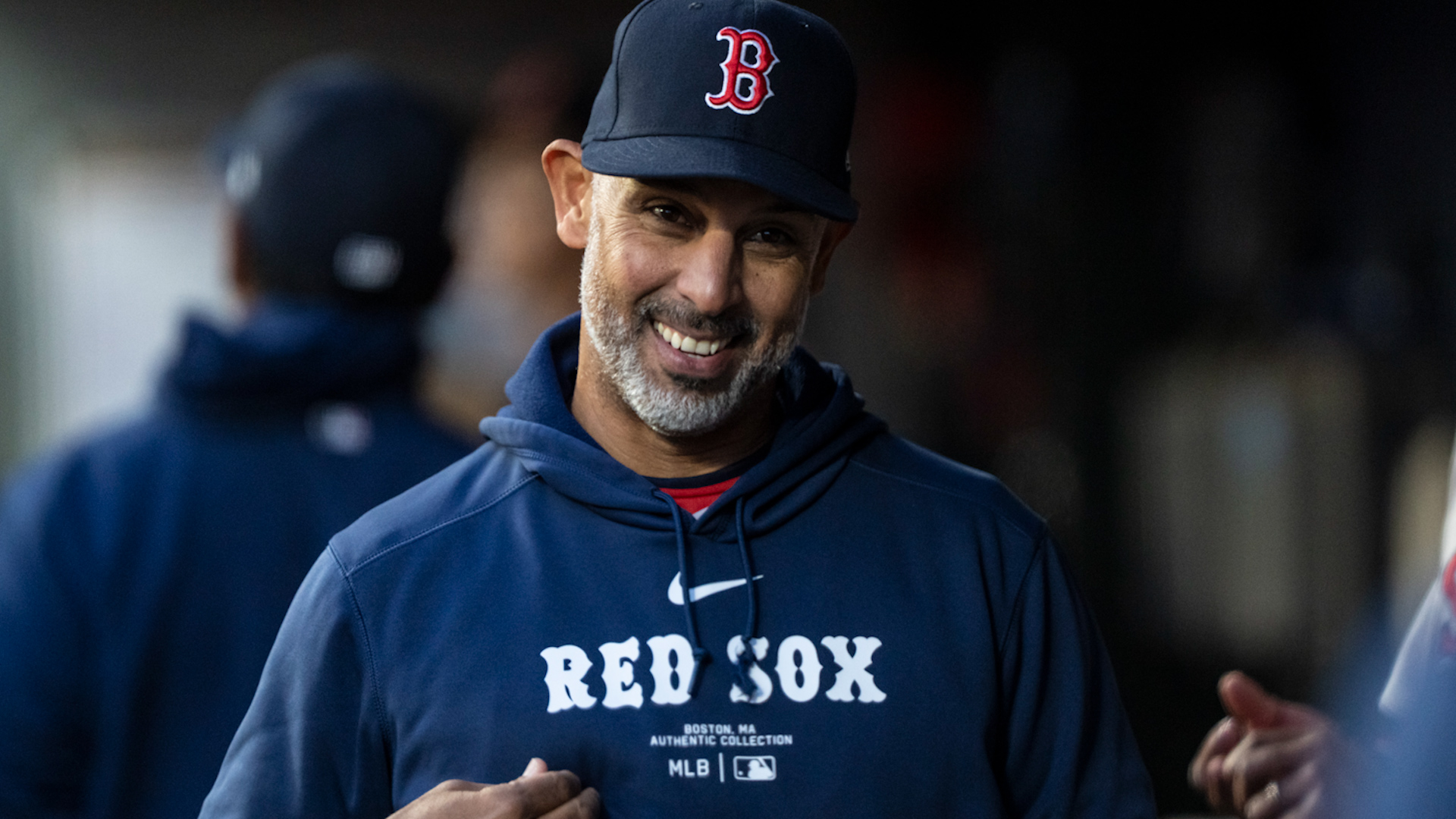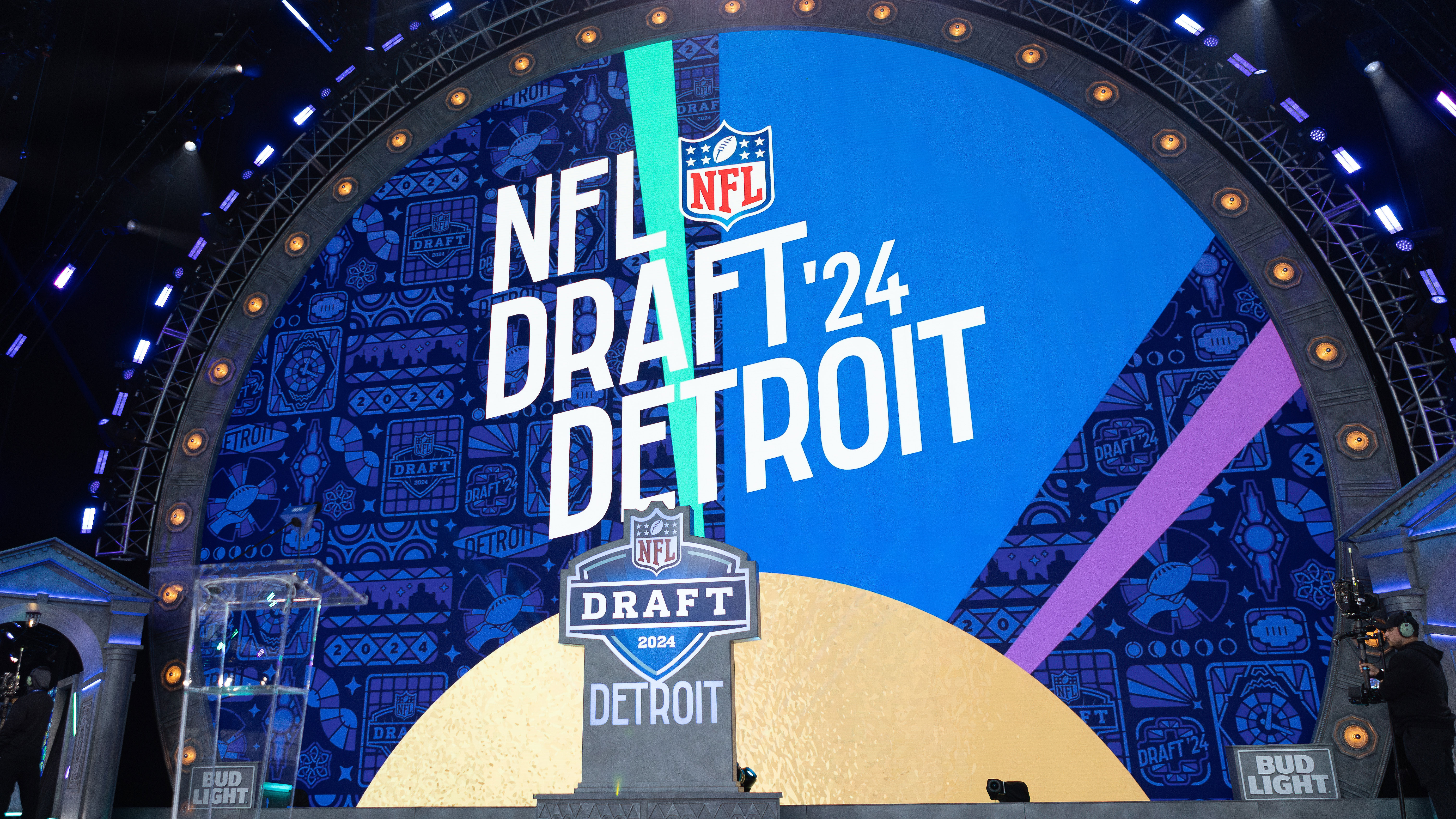Georgetown freshman Greg Monroe couldn't have been more of a Duke guy if he'd been born with a birthmark shaped like the Blue Devil and given the middle name Krzyzewski.

He's pocket-protector smart, graduating with a 3.75 GPA from Louisiana's Helen Cox High School, so composed you could yell fire in a theater and he'd tell you to get of the way out of the Paul Blart trailer, and grew up among that percentage of the population dwindling faster than analog television set, those who like Duke basketball.
Heck, the guy probably helps old ladies to their seat during television breaks.
But a funny thing happened to last year's No. 1 recruit's path to the blue side. He signed with Georgetown. Without so much as taking an official visit to Durham, N.C. For Duke, which had already lost Patrick Patterson to Kentucky earlier, the move went over about as well as if Obama pledged to change the colors of the flag to Carolina blue and white.
But then an even funnier thing happened.
Without Monroe, Duke rebounded. Literally. And Georgetown fell apart.
So, as Monroe and No. 11 Georgetown head to No. 2 Duke Saturday, it's not the Blue Devils praying for swishes and low-flying bird in the event of misfires, it's Georgetown.
None of that, of course, is Monroe's fault. The freshman has blossomed in John Thompson III's and you'll be just as likely to see someone else win Big East Rookie of the Year as you are to see the slick-domed Thompson at your local Hair Cuttery. The 6-foot-11 Monroe has also been Georgetown's best rebounder by far. He leads the team with 5.3 rebounds a game, which, due to the Hoyas' slow pace isn't quite as impressive as it might seem. But he has a 10 percent offensive rebounding rate and a 14.4 percent defensive rebounding rate, both solid numbers.
(Rebounding rates are based on playing time and total rebounding opportunities and are therefore much more informative than raw rebounding and rebounding margin numbers. Should you still be using rebounding margin as a viable metric, please realize that, like the telegraph, it's something useful only for museums. And possibly Joe Paterno's playcalling. Full breakdowns can be found on Ken Pomeroy's site.)
But as a team, Georgetown has barely been within shouting range of most rebounds. The Hoyas are grabbing offensive rebounds at a 34 percent clip (149th) in the nation and, even worse, allowing offense rebounds at a 38.3 percent rate, 315th in the nation.
Thompson's father and former Georgetown coach John Thompson II suggested the Hoyas needed more "thugs" and despite the mass of bunched underwear (apparently from people unfamiliar with the landmark Supreme Court case of Rubber v. Glue), there's some merit to the ex-coach's words, at least in regards to offensive rebounding.
Defensive rebounding is a function of positioning and strategy. Offensive rebounding is more about athleticism, skill, and should she happen to seal you off, the willingness to elbow your own mother to get the ball. There's a reason Dennis Rodman was so darn good at it and it wasn't because he was read to orphans during timeouts.
But the Hoyas have been even worse on the defensive glass.
Some of it is just plain genetics.
In Georgetown's Final Four year of 2007, the Hoyas were tall enough to pose as an NBA layup line or form their own gutter cleaning service. Six players stood 6-9 and taller, including 7-foot-2 Roy Hibbert and 6-foot-10 Jeff Green. Unless you played in stiletto heels, the Hoyas were simply bigger. Not even Sean Avery could make jokes about Georgetown's seconds that year.
Without Jeff Green in 2008, the Hoyas dipped, but thus far in 2009 they've dropped further than your 401k balance. This year, Georgetown's second best defensive rebounder among players averaging more than 10 minutes is Austin Freeman, at a 12.3 percent clip. He would've been sixth last year on a team that still had seniors Hibbert, Patrick Ewing Jr. and now-Florida-property Vernon Macklin.
Why's it happening?
Despite what Pitt coach Jamie Dixon thinks, it's not the Princeton-style offense Georgetown employs; the Hoyas played the same system in 2007 and that team kept everyone off the glass.
Personnel has plenty to do with it. Unlike recent years, these Hoyas are about as deep as a Paris Hilton movie. As a result, Thompson has relied more on zone defense.
And if you watched Pitt trounce Georgetown 70-54 earlier this month, you might've realized exactly what a problem this is. The Hoyas were so far away from rebounds, they probably would've been hit with a fuel surcharge just for making the trip to the glass. And in a zone defense, it's just plain hard to rebound because, unlike man-to-man, you have to first find someone to block out, then grab the rebound.
The results have been more one-sided than Lehman Brothers' balance sheet.
Pitt grabbed 56.2 percent of available offensive rebounds. How bad is that? New Jersey Tech is winless and they've yet to get slapped around on the glass so badly. So in trying to mask his thin front court, Thompson effectively made the problem worse.
And all of this could be one heck of a problem Saturday, because Duke, despite popular perception, has become a very good rebounding team despite losing last year's leading rebounder DeMarcus Nelson. (That in itself is noteworthy; the undersized Nelson was every bit the 6-foot-4 he was listed at only if he stood on a Durham phonebook and you rounded generously.)
The Blue Devils are 12th in the nation in offensive rebounding and 81st in defensive rebounding, both large improvements over last season. The last time Duke approached those types of offensive numbers was, not coincidentally 2004, their last Final Four trip. (And if the defensive rebounding percentage seems low, credit that more to Duke's aggressive man-to-man that gambles creating turnovers is more valuable than collapsing on the glass.)
Even without Monroe, Duke has shored up its interior game with 7-foot-2 center Brian Zoube

k. The junior has been an excellent rebounder throughout his career, but burned through turnovers like Kelvin Sampson through cell phone minutes. Gandhi once famously said that the journey of a thousand miles begins with one step. He could've just as easily said the journey of a thousand miles starts with a Brian Zoubek possession.
But this season Zoubek and fellow junior Lance Thomas have given the Blue Devils more than 32 minutes per game of excellent rebounding at center. Combined with the rugged play of Kyle Singler, who know spends less time defending centers, and Gerald Henderson's athleticism, the Blue Devils are a fairly good copy of Thompson's 2006 Georgetown team, which played three great rebounders on its front line.
And the McDonald's All-American Duke did get last season, if not Monroe, has turned out to to be a glass tiger as well. Six-four guard Elliot Williams has twice led the team in rebounds, though the freshman's minutes are dwindling in conference play.
So when Monroe steps on the floor at Cameron Indoor Stadium, the Crazies may just remember that Duke lost the recruiting battle.
And the team on the floor may just show their winning the rebounding war.
Georgetown Won Monroe Battle, But Duke Is Winning Rebound War originally appeared on NCAA Basketball Main on Fri, 16 Jan 2009 22:33:00 EST . Please see our terms for use of feeds.
Permalink | Email this | Linking Blogs | Comments




